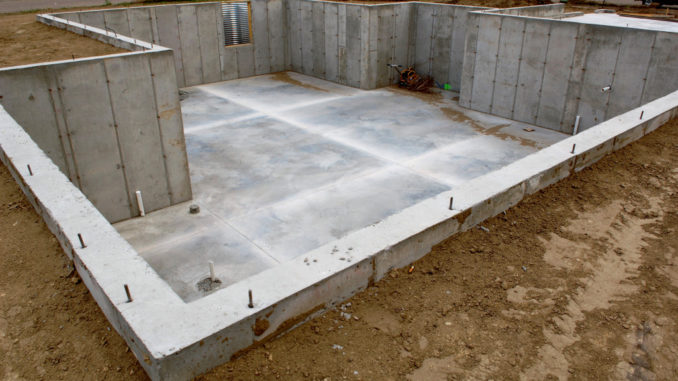
An essential part of every construction project, but especially in skyscrapers, is the foundation. As one of the primary sources of the building’s strength, it helps maintain it upright. Poor construction can endanger many people’s lives, including those on the construction team and those who reside in the building. That is why concrete contractors and project managers alike should seek for approaches to enhance a building’s foundation’s properties and durability when managing construction projects.
The Goal of the Foundation Construction Process
While it’s true that the foundation is responsible for keeping the building on its feet, it also serves a variety of other functions. The structure is more resistant to damaging factors like dampness and movement because it makes it more robust on the ground on which it stands. Additionally, the building’s base acts as an insulator, keeping inhabitants warm throughout the winters in the United States.
All structures must, therefore, have a solid foundation. The concrete footing and foundation walls are frequently reinforced with steel by concrete contractors to ensure excellent quality. If you do it this way, your building’s foundation will be more equipped to withstand natural disasters like earthquakes, high winds, and flooding while keeping its residents safe.
Finally, a well-constructed foundation can keep moisture away, which can significantly reduce the overall strength of the building.
Performing Soil Analysis
First and foremost, before commencing any work on the ground, make sure to inspect it thoroughly. To build a solid foundation, the kind of soil and the condition of the earth is critical. Ignoring the ground examination might lead to future instability of the building. Before excavating in New York or other high-profile areas, you might want to consult with your structural engineer or architect about whom to trust to examine the soil.
Cracks in the stonework are the most likely issue. When clay-like soil gets wet, it expands and shrinks constantly. Cracks will develop in the building each time, and the structure will look to settle over time. This problem is exacerbated when it rains a lot in a particular area or during heavy downpours.
You’ll have to hire a professional to get the problem fixed. They’ll fix the problem immediately away and maybe provide you with ideas on how to avoid future cracking, such as re-evaluating the soil, groundwater, and grading. If you notice the terrace or walkway having depressions, you might want to use a slab jack or pressure jack for compensation in those areas. If you decide to do this, be careful not to alter the water’s drainage system so that the water flows straight toward your building. Otherwise, pressure grouting and regrading would be for nothing.

Follow the Recommended Cure Time for Concrete
The processes of drying and curing are critical to the long-term strength of a concrete structure. Don’t rush the procedure to meet your builder’s deadline. When laying the foundation, quality and security must come first. Waiting for the foundation to dry can be torturous, but there are ways to make the process go faster without sacrificing quality, which you can quickly look up.
Appropriate hydration is critical for concrete strength. It strengthens the member by binding the concrete elements together and generating heat. However, the procedure is subject to change based on the local climate. Allowing a concrete subcontractor to manage the project ensures that the process is completed appropriately and that the cure period is adequately respected.
Process of Excavation and Grading
Removing tiny rocks, twigs, roots, and other trash from the ground will make it easier to create the foundation and not risk the process. It’s necessary to remove debris because it might interfere with maintaining a specific slope level while grading the soil. If the slope is too steep, you can opt for rock wall installation to prevent potential erosion, especially during heavy rainfall. Remember not to go any deeper than necessary when digging the ground. An excavation contractor can help you get the outcomes you’re looking for with precision.
Putting the Groundwork Down
Installation of footings is the first step in laying a solid foundation. You’ll need reinforcing rebars or steel bars to make it stronger and more resistant to cracking. Now that the rebars are in place, it’s time to start pouring the concrete. To avoid foundation cracks, let the concrete subcontractor look for air gaps. You can then seal the footings using a sealer of excellent quality. Before adding more concrete, these sealers thoroughly inspect the existing base for flaws.
Final Thoughts
Constructing a solid foundation is a task that people should approach with caution. Consult a seasoned concrete contractor to assist you in customizing the foundation based on the soil conditions and your needs. To secure a solid basis for the future, enlisting professional help is a wise decision. Although building a stable structure starts with a solid foundation. It’s also how you create a massive structure from the ground up. Check to see if you have any long-term issues that might cause you headaches regularly.
